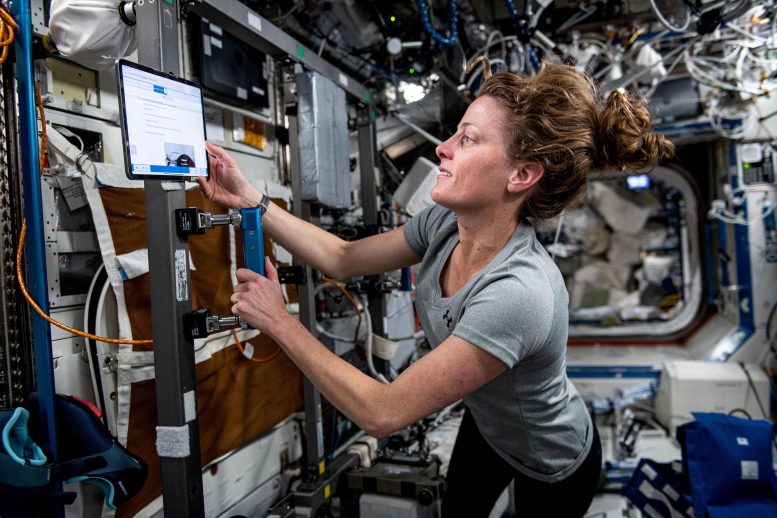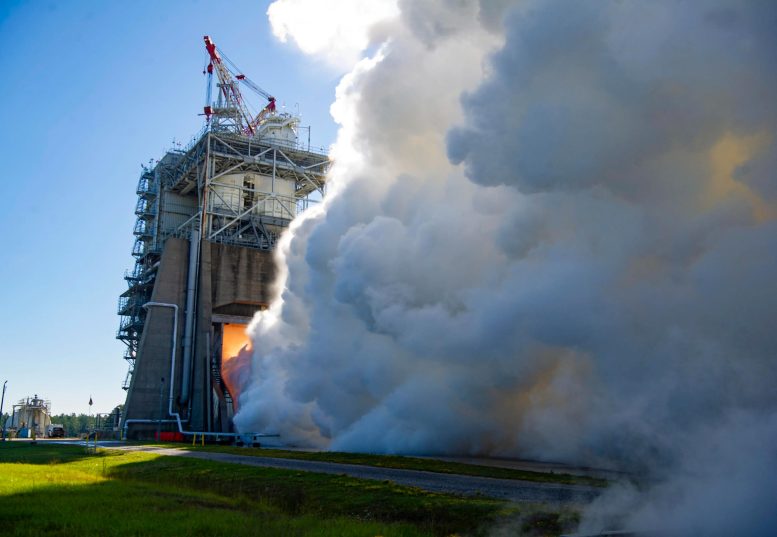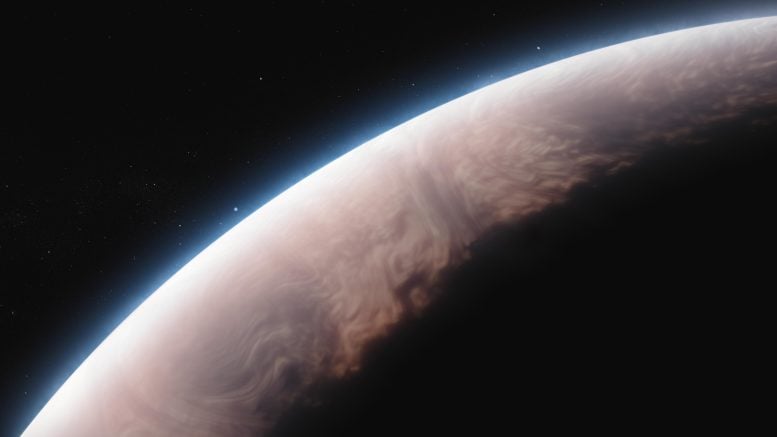
Highlighting the “Ring of Fire” solar eclipse…
Learning how the human body reacts to long spaceflights…
And a new engine test series for future Artemis missions…
A few of the stories to tell you about – This Week at NASA!
Highlighting the “Ring of Fire” Solar Eclipse
On October 14, NASA brought you coverage of the “Ring of Fire” annular solar eclipse with views from NASA broadcast locations along the path of annularity in Kerrville, Texas, and Albuquerque, New Mexico.
In addition to viewing opportunities, the eclipse provided unique opportunities for science – which included NASA sounding rockets launching scientific instruments to study the effects of the eclipse on the atmosphere.
The next solar eclipse takes place on April 8, 2024, when a total solar eclipse will cross the U.S. from Texas to Maine.

Learning How Human Bodies React to Long Spaceflights
Aboard the International Space Station, NASA astronaut Loral O’Hara is participating in the CIPHER study to help us learn more about how the human body reacts to long-duration missions in space.
Astronauts headed to the station can volunteer for this broad suite of experiments, which monitors their health before, during, and after their missions to help us prepare to safely send humans to the Moon, Mars, and beyond. Learn more at nasa.gov/mission/cipher.

New Engine Test Series for Future Artemis Missions
On October 17, engineers at NASA’s Stennis Space Center kicked off a new test series with an RS-25 engine. This planned 12-test series is the final round of certification testing ahead of production of an updated set of the engines.
Four RS-25’s will help power NASA’s Space Launch System rocket on future Artemis missions to the Moon and beyond.

Webb Detects Tiny Quartz Crystals in the Clouds of Exoplanet
Researchers using NASA’s James Webb Space Telescope have detected evidence for quartz nanocrystals in the high-altitude clouds of WASP-17 b, a hot Jupiter exoplanet 1,300 light-years from Earth.
The detection, which was uniquely possible with Webb’s Mid-Infrared Instrument, marks the first time that silica particles have been spotted in an exoplanet atmosphere.
That’s what’s up this week @NASA.
Never miss a breakthrough: Join the SciTechDaily newsletter.
1 Comment
This is very interesting stuff thanks for this newsletter!